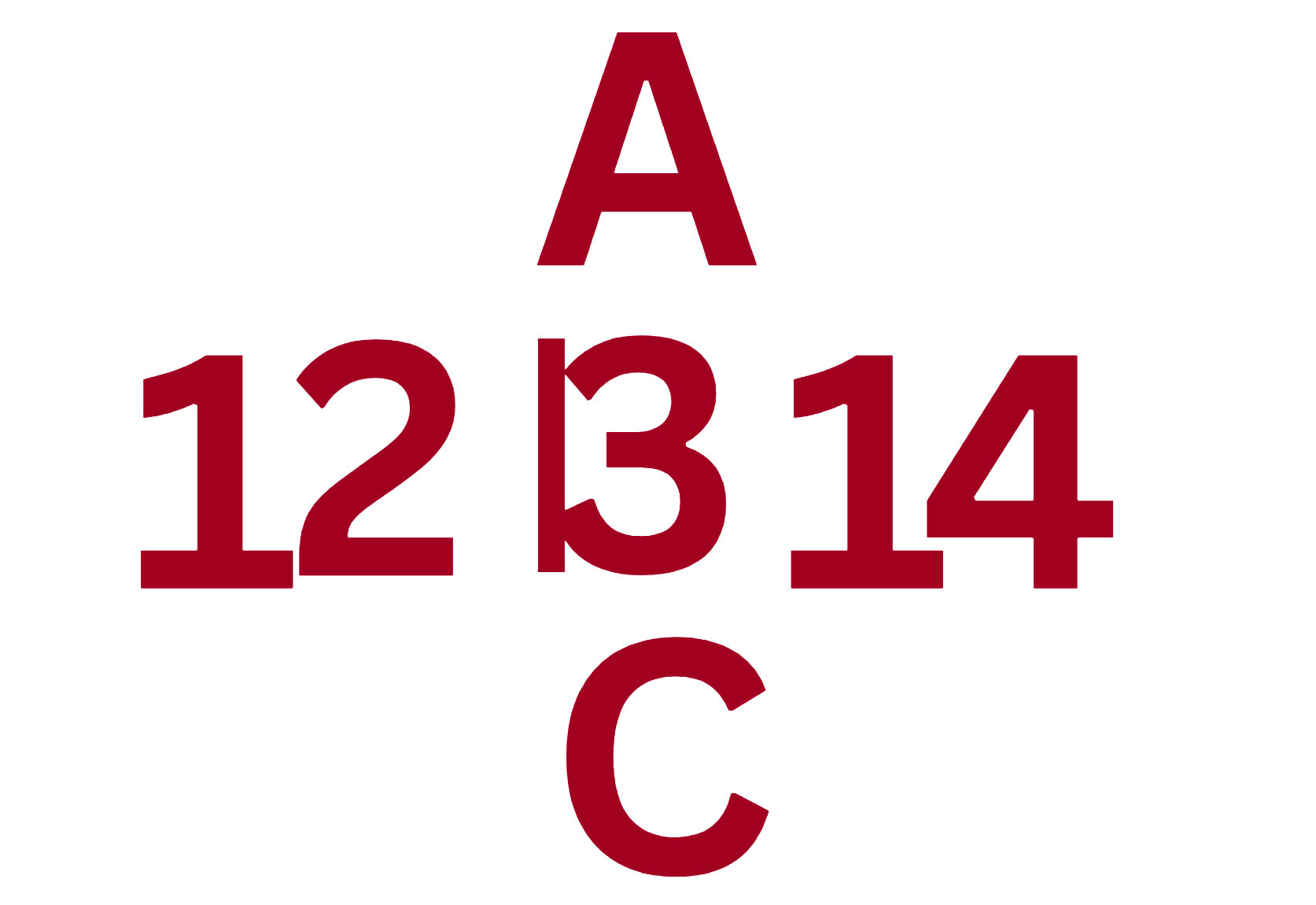16.01.2023
Visual Attention
 by Mirta Mikac, Product Manager
by Mirta Mikac, Product Manager
Since the 19th century, the study of visual attention has been the center of the investigation for some of the greatest thinkers in psychology, neurophysiology, and perceptual sciences: Hermann von Helmholtz, Wilhelm Wundt, and William James. Over the last decades’ research has been focused on understanding the mechanisms of visual sampling by observing fixational eye movements, understanding how visual attention influences the selection of stimuli of interest, and how attention and eye movements interact¹.
SEEING BRAIN
We perceive our worlds through our sense organs – eyes, ears, skin, nose, and tongue. Each of these organs is sensitive to different physical stimuli, which they convert into signals the brain can understand. Out of the five senses we rely on to acquire knowledge about our surroundings, vision is our most important source of information². Think about how much of what we know comes from what we see. Does the person look happy or angry? Is the situation we are in dangerous or safe? But seeing is not happening only in our eyes. Very little of what we call seeing takes place in the eyes. Our eyes are just crude cameras where light is focused on forming an image on the retina. The production of our visual experiences occurs in the brain in either a nonconscious or conscious manner².
Visual attention is described as the cognitive process mediating the selection of important information from the environment we are exposed to every day. Such choice is depended on the competitive interaction between two attentional biasing constructs – top-down and bottom-up³.
BOTTOM-UP vs. TOP-DOWN PROCESSING
Bottom-up processing is the involuntary capture of attention driven by salient environmental events. In other words, what is seen is based on the sensory information coming in³. On the other hand, top-down processing is driven by cognition. It is the brain that applies what it knows and what it expects to perceive and fills in the blanks³.
Let’s look at the example to visualize the difference between the two constructs.
When looking at the shape in the box below, the brain relies on bottom-up processing where one vertical, one horizontal line, and two semi-circles are observed. No top-down processing is applied since no context is given to give it a special meaning.

However, when looking at the same shape in two different contexts, our attention is driven by top-down processing. Surrounded by numbers, the shape now looks like the number 13, whereas when surrounded by sequential letters, our brain perceives the lines to form the shape of the letter B.

SALIENCY AND EYE TRACKING
Given the limited capacity to process visual information, supported by various behavioral, electrophysiological, and neuroimaging studies, attention is a selective process¹. While humans identify primitive features like color, shape, and orientation automatically, the stimuli surrounding us compete for limited resources². Saliency is a part of the stimulus that makes it stand out. Such a ‘pop-out’ effect is instinctive, without much cognitive guidance, and can be achieved with contrast. Nowadays, it is particularly used within the marketing world, where, thanks to technological advances, saliency is easily observed with eye-tracking devices. The first fixation points on the stimuli, and the length of fixating at the specific part of the stimuli uncover visually more appealing and noticeable regions.
1
Carraasco, M. (2011). Visual attention: The past 25 years. Vision Res., 51(13), 1484-1525. Doi: 10.1016/j.visres.2011.04.012
2
Gazzaniga, M.S. and Heatherton, T.F. (2006). Psychological Science: Mind, Brain, and Behavior. W.W. Norton, New York, (2nd Edition)
3
Lockhofen, D.E.L. and Mulert, C. (2021). Neurochemistry of Visual Attention. Frontiers in Neuroscience, 15, https://doi.org/10.3389/fnins.2021.643597.
